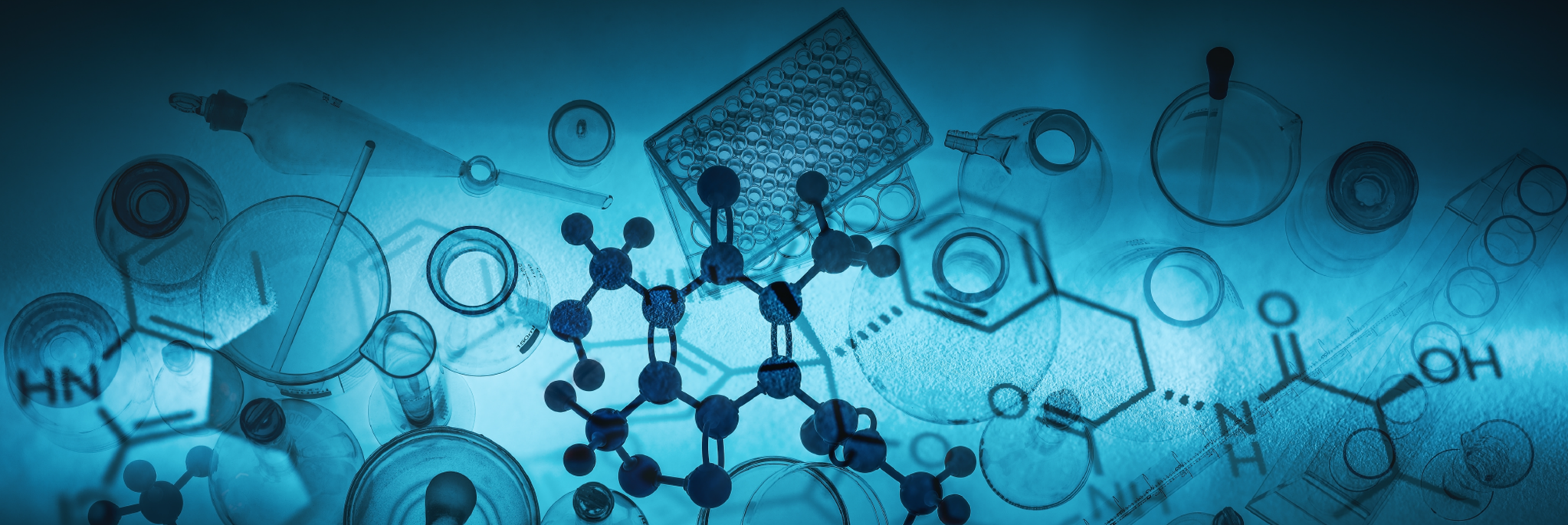MHF TOP PICKS FOR January
Every month, we at the Mueller Health Foundation like to showcase interesting news and updates in the field of tuberculosis. Below are our top 3 picks for January:
- .Discovery of Dual-active Ethionamide Boosters Inhibiting the Mycobacterium Tuberculosis ESX-1 Secretion System
The research team utilized host-cell-based high-throughput methods to test the ability of molecules to inhibit the multiplication of bacteria in human immune cells: From a total of 10,000 molecules, this procedure allowed them to isolate a handful whose properties they scrutinized more closely in the course of the study. The researchers identified virulence blockers that utilize target structures that are fundamentally distinct from those targeted by classical antibiotics. The researchers also discovered that some of the newly identified chemical substances are dual-active molecules. Thus, they not only attack the pathogen’s virulence factors, but also enhance the activity of monooxygenases—enzymes required for the activation of the conventional antibiotic ethionamide. Ethionamide is a drug that has been used for many decades to treat TB. It is a so-called prodrug, a substance that needs to be enzymatically activated in the bacterium to kill it. Therefore, the discovered molecules act as prodrug boosters, providing another alternative approach to the development of conventional antibiotics. To learn more, you can access the full paper at: https://pubmed.ncbi.nlm.nih.gov/38181799/
- Brazilian Researchers Create Cutting-edge Nanoparticle Weapon against Tuberculosis
A low-cost technology involving nanoparticles loaded with antibiotics and other antimicrobial compounds that can be used in multiple attacks on infections by the bacterium responsible for most cases of tuberculosis has been developed by researchers at São Paulo State University (UNESP) in Brazil. The study analyzed the antitubercular activity of nanoparticles comprising N-acetylcysteine (an over-thecounter supplement), chitosan (a natural compound derived from the outer skeleton of shellfish), an antimicrobial peptide originally isolated from the skin of a Brazilian frog species, and rifampicin (an antibiotic commonly used to treat tuberculosis).The results showed that the nanoparticles significantly inhibited progression of the disease and overcame resistance to the drug without causing cell damage. This approach also has the potential to shorten treatment time. The next step will be to confirm the in vitro findings by means of in vivo trials. To learn more, you can read the paper here: https://doi.org/10.1016/j.carbpol.2023.121449
DID YOU KNOW?
The United States is continuing to see an unprecendented influx of migrants and asylum seekers from all over the globe. Because of the substantially greater risk of exposure to TB outside of the United States, origin of birth remains a prominent risk factor for TB in the United States. While data for 2023 has not yet become available, the CDC has collected some important data points from 2022 that are presented below:
- In 2022, 73.8% of reported TB cases occurred among non-U.S.–born persons. The number of TB cases diagnosed among non-U.S.–born persons within the first year after arrival in the United States nearly doubled compared with 2021 and reached the highest level since 2016.
- During 2022, the incidence rate (cases per 100,000 persons) was 17.1 times higher among non-U.S.–born persons, who had a 13.0 incidence rate, than U.S.-born persons who had a 0.8 incidence rate.
- Among non-U.S.–born persons with TB
disease during 2022, the twelve most
common countries of birth included:
- Mexico, 18.9%
- Philippines, 10.9%
- India, 8.8%
- Vietnam, 8.2%
- China, 6.0%
- Guatemala 4.6%
- Honduras 3%
- Haiti 2.6%
- Peru 2%
- Afghanistan 2%
- El Salvador 1.7%
- Ecuador 1.7%
- In 2022, small but noteworthy increases in tuberculosis occurred among persons born in several Central and South American countries. For example, there was an increase of TB of 41.1% among persons born in El Salvador and a 98.4% increase among persons born in Peru. Further, TB also increased by 53.7% for people born in Afghanistan.
- Given the increased prevalence of TB in the non-US born populations, it is of highest importance to foster learning and awareness about the diseases and provide information on how to get tested and treated within these communities. It is crucial to provide access to learning materials and resources in various languages including but not limited to Spanish, Mandarin, Tagalog, and Arabic.
https://www.cdc.gov/tb/statistics/reports/2022/demographics.htm
